- Home
- Project Portfolio
- Earth Shelter Root Cellar
- Designing the Root Cellar
Designing the Root Cellar
What Kinds of Things to Include
I am a participant in the Amazon Services LLC Associates Program, an affiliate advertising program designed to provide a means for me to earn fees by linking to Amazon.com and affiliated sites. Other links on this site may lead to other affiliates that I'm associated with.
When you first start homesteading or living off the land, the last thing you think of is how to store your garden produce and preserves.
Designing your root cellar starts with some thought of what it will be used for.
Wine and beer storage?
A place to store your homegrown beets, carrots and potatoes?
Or just a catch all for anything to do with food, like canned and bottled preserves, the jars themselves, or where you put all your wine making gear.
Whatever you decide for its purpose will dictate the shelves or racks you build or buy.
The easiest construction technique is to use plywood for shelves, with two by four lumber to make racks to hold the shelves.
Measure whatever it is that you'll store here, and make the shelves deep enough to hold that item - nothing is worse than finding that your shelf is two inches too shallow for jars and bottles of wine and preserves.
Bins can be simply Rubbermaid totes.
If you're using these for root vegetables, drill a few holes in them to drain out any moisture, and allow air flow.
The plastic they're made of is easy to clean (always a plus) and the lids fit tightly enough to keep out bugs and vermin.
Plus, they're stackable! Get various sizes so you conserve space.
Keep in mind that mice love places where food is stored, especially if you're leaving it alone for long periods of time. Either make the bins unchewable, or line everything with mesh to prevent them getting in.
If mice do decide to set up house, these mousetraps do the best job of trapping them.
Don't be too tender hearted - besides destroying all your hard won produce, mice carry all kinds of diseases that can have long term effects.
If you live in a cold climate, snow cover alone may not be enough to keep it from reaching dangerously cold (freezing) temperatures in your root cellar.
A simple heater such as an electric light in a metal can can make all the difference.
It has to be an incandescent bulb to get warm - new fangled compact fluorescent bulbs don't give off any heat.
Check it periodically, especially during cold snaps, to make sure it's still working.
Another important feature of a root cellar is some way of dissipating excess moisture. This can be super simple, in the form of a chimney type arrangement, or a vent to the outside through the door.
I find that the heat in the root cellar is quite high at times, and a vent through the roof helps cool it down.
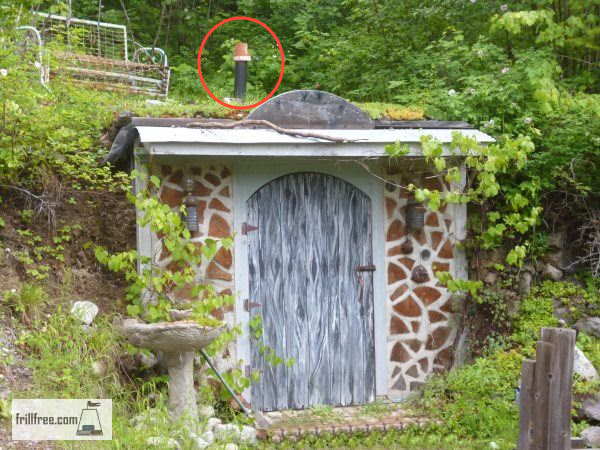 Vent in the roof of the root cellar
Vent in the roof of the root cellarThe vent itself is a length of six inch sewer pipe, which is pushed through a cross shaped cut in the rubber liner and wood roof.
This seals, and has never leaked, even though the soil is right up against it. The pot on the top helps keep rain out (there is no hole in the bottom of the pot).
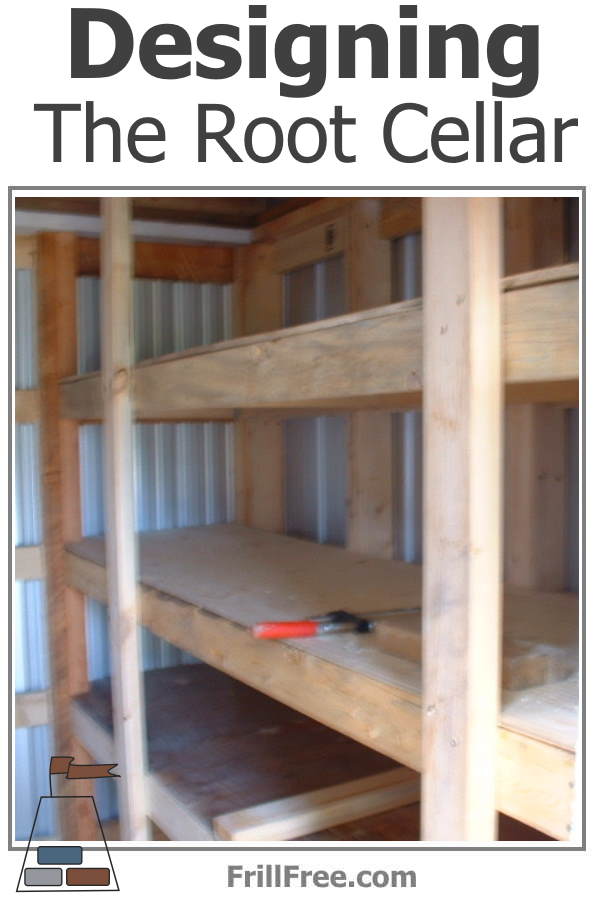

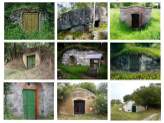

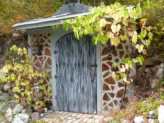

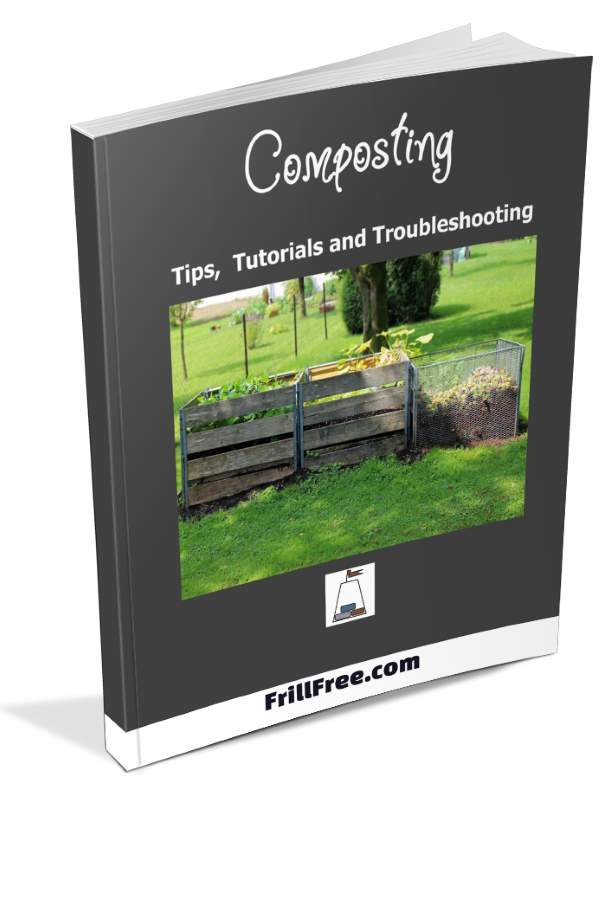










New! Comments
Have your say about what you just read! Leave me a comment in the box below.